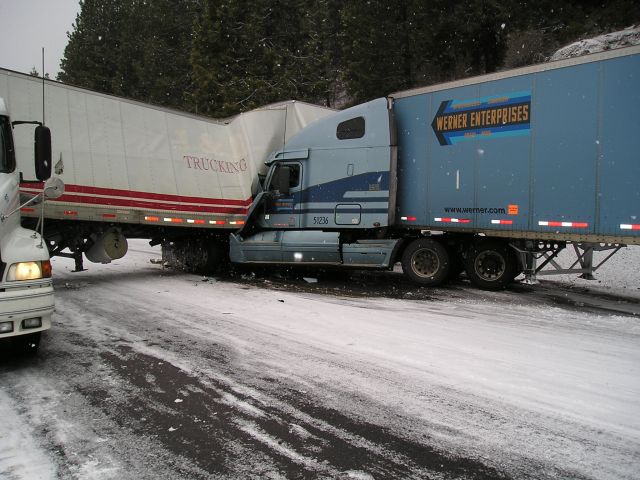Enjoy Winter Driving without Endangering Others
When fresh layer of snow covers the ground, the first thing many people want to do take a drive to enjoy the scenery. Unfortunately, snow and ice make roadways unsafe and drivers who do not exercise care may find themselves in accidents. Learn how to drive in difficult winter weather so you can enjoy all that the season has to offer without endangering the safety of passengers, other drivers, and yourself.
Driving in Snow and Ice
If winter weather is extremely bad, stay indoors until the roadways have been plowed and salted. Familiarize yourself with how the vehicle handles in this weather by reading the ownership manual and practicing driving techniques in an empty, open lot covered with snow. Prepare the car by adding an ice scraper and snow brush to the equipment kit.
When driving on icy roads, decrease speed and maintain extra distance from the car traveling in front of you. Experts recommend at least three times the normal space. To prevent a skid, always brake gently and if wheels begin to lock, slowly ease off the brake. Keep the vehicle in low gears, particularly on an incline, because this increases traction. Overdrive and cruise control features should not be used on icy roads.
Driving Tips When Encountering a Skid
Overpasses, bridges, and roads that are not heavily traveled tend to freeze before other roadways. Keep an eye out for ice on exposed roads or shady spots, even if the temperature is above freezing. If the rear wheels begin to skin on an icy or snowy patch, remove your foot from the accelerator and steer the vehicle in the desired direction of the front wheels. For example, if the rear wheels slide left, steer left and if they slide right, steer right.
During recovery, the rear wheels may begin sliding in the other direction so ease the steering wheel in that direction. Gently pump brakes on a standard brake system but apply steady pressure if the vehicle has antilock brakes. The antilock brakes will pulse noticeably, indicating that they are working.
If the front wheels skid, remove your foot from the gas pedal and shift the car into neutral. The wheels will skid sideways, slowing the car and gaining traction. At this point, steer the vehicle in the desired direction, put the car back in drive, and gently accelerate. By following these driving tips in snow and ice, you will be one of the responsible drivers on the road.
*Photo Courtesy of Tom Brandt via Creative Commons License

